Gardening is a constant process of learning from our mistakes. When we first started gardening, I had a serious black thumb! Learn from my gardening mistakes so that you can avoid them!
Four years ago (2012), we planted our first garden.
It was a disaster.
The plants were overgrown and entangled in each other, our dogs ate the little bit of produce that did grow, thistles taller than me took over, and we had crazy mutant cucumbers that mixed in with all the other plants! I really wish I had pictures of it to share with you guys to prove what a huge mess it was, but documenting the Garden of Shame was the last thing I wanted to do! We felt like such huge failures that we didn’t even attempt gardening again for another three years.
Not cut out for gardening? I didn’t think I was either…
At the time, I excused our terrible garden due to the fact that we weren’t gardeners and never would be. Funny to say now, right?!
But I honestly thought I had absolutely no business gardening because I wasn’t a “gardener”. Well, I’m still not a “gardener”. I can’t grow a rose bush to save my life and our hydrangea produced exactly one bloom last year. But we did grow enough food last summer to cut our grocery bill in half and have tons of canned produce to enjoy through the winter months.
You don’t have to be a master gardener to grow your own food! And don’t believe anyone who tells you otherwise (and that includes that rude little voice in your head!). Everyone has a right to be able to provide their family with healthy, garden fresh food!
Gardening does take some skills, but they are basic skills that can be easily learned. And the way that you learn most of them is by failing! Yup, it’s true unfortunately. You are going to learn way more through the things that go wrong than the things that go right! We call this “failing forward”.
While I 100% advocate learning by “failing forward”, there are a few common mistakes that new gardeners tend to make. And these are probably the biggest mistakes that we made as new gardeners too! So, learn from my mistakes! Or, just read the post and laugh along with me about all the stupid things I’ve done!
And for even more tips, don’t forget to check out my new post: Natural Gardening Solutions Every New Gardener Should Know. It’s full of helpful advice that I wish I would have known years ago when I was learning how to grow a natural, no-till garden!
Five Big Gardening Mistakes We Made as New Gardeners:
We didn’t understand our land
The best piece of advice I have ever gotten about homesteading and gardening is to do nothing until you understand your land. We chose our garden space that first year based on the criteria that we had an empty spot in the corner of our yard. That’s it. That’s the only thought we put into to it. We rushed into building some garden boxes, we plopped them down in the corner and bought some vegetable starts.
We didn’t think about issues like sun/shade ratio, frost, drainage, how we would get water to the space, etc. The space was surrounded by three huge willow trees and two fence lines that kept the area shady most of the day. We had to drag hoses out to it every day to water, which we quickly got tired of and gave up on. We also thought that having our plants in raised garden boxes would keep our dogs from getting to the vegetables. Yeah, we were dead wrong.
That garden space could have been a very useable piece of land had we taken some time to learn about it. Three years later, we utilized this same garden area again and it was a huge success! But we had to address and correct all of the issues first. We had to trim back the trees to allow the sun in, create water access, and put up a small garden fence to keep our plants safe from hungry puppies. Had we taken the time that first year to really understand that small piece of our yard, we would have had much greater success.
We didn’t develop the soil
The most important thing that a new gardener can do is to learn how to create healthy, living soil! That soil is going to be the key to success for your garden! Do yourself a favor and purchase the book Teaming with Microbes: The Organic Gardener’s Guide to the Soil Food Web. If nothing else, start by learning about your soil with this easy at home soil texture test. And get yourself some mulch – don’t leave that soil naked!
Our first year gardening, we built garden boxes and filled them with left over garden soil that mom no longer wanted. It was a huge relief to not have to buy soil as funds were tight that year (some things never change!). But what we didn’t understand was that the soiled nothing left in it. It had been planted in for a couple of seasons, and then it sat around for a couple seasons after that. It was largely clay and there just was no nutritional value left in it. Our plants grew, but they grew slowly and produced very little. They were often a light green color rather than the rich deep greens they should have been.
We didn’t realize the plants were trying to tell us that they were running on empty and healthy living soil badly. Three years later, when we returned to this garden area, we used some amazing compost from a friend’s compost pile and added it to the soil until it was about a fifty-fifty compost-soil mixture. We let that sit for about three months before planting and bam! We had the biggest, greenest, healthiest garden I have ever seen.
We didn’t understand companion planting
If someone had recommended the idea of companion planting to me that first year, I would have brushed it off thinking that companion planting was some highly scientific planting formula that only “real gardeners” used. I was only planting a couple of veggies after all, not a “real” garden. Little did I realize, that companion planting is highly beneficial, whether you are planting a giant garden or just a few veggies!
However, I soon found out how important companion planting is! Turn out that planting a bunch of zucchini and cucumbers in the middle of your tomato plants is a horrible idea. You see, those little cucumber plants have little vines that like to hold on to other things… like your tomato plants. And then the little tomato plants like to be friends with the zucchini and they start holding on to each other. Then they grow, and grow, and grow… and soon they become one giant to-cuc-ini plant.
Had I understood even the tinniest bit of how companion planting worked, I could have avoided the dreaded to-cuc-ini plant. Companion planting is not a crazy hard formula, it is actually just a logical method of planting that will help you get the most out of your garden.
So, try to avoid the to-cuc-ini plant at all costs. To make life easier, here are some tested companion plant groupings that love growing together!
We didn’t have a goal for our garden
When people tell me they want to start a garden, the first thing I ask them is “What is your goal for your garden?” I think it’s one of the most important parts of the gardening process. It’s also the one that most people breeze over.
I know it isn’t as glamorous or as fun as just rushing out to buy plants, but planning is critical to your garden’s success. If you need some help getting started, check out this easy four-step process to establish your garden goals + free planning worksheets! Or, get even more organized with our Homestead Management Binder – which has an entire section for the garden!
Our first year gardening, we had no plan. Shocking huh? ? We didn’t even plant the vegetables that we ate the most, we just planted the ones that people tell you to plant in your vegetable garden. It was pointless and a waste of money, frankly.
The next time we returned to gardening, we spent time thinking about what we like to eat and what we could realistically grow in our space and climate. Most importantly, we had a clear goal for our garden: we wanted to cut our grocery bill in half over the summer months while our garden was producing. Not only did we meet our goal, but we actually exceeded it!
We burned out
Gardening is work. Sorry to have to be the one to say it. If you aren’t in a place in your life to take on the care and responsibility of a garden, it’s probably best to either go small or hold off all together.
That first summer, we had no established watering schedule. Sometimes our garden went days before we would remember to water it. Once, Lindy even forgot and left the hose on for about 9 hours while we were at work. ??♀️ And by late July, the weeds had taken over. We gave up.
At that time, we weren’t in the right place in our lives to have a garden. We lacked goals for our garden so by the time the “work” part of it set in, we had lost any excitement and motivation that we originally had. When we tried gardening three years later, things were different. The daily chores of gardening became something we looked forward to. We enjoyed the time we spent together working in the garden and the opportunity to be outside. And with each basket load of produce that we harvested, our joy and motivation deepened.
Dear newbie gardener, don’t give up!
I hope that by sharing my embarrassing newbie gardening stories, you will be able to be the best, most rockin’ newbie gardener ever. Or at least be just a little less hard-headed than I was! Gardening isn’t hard, but it does take planning, proper preparation, and dedication.
But, you guys, it is so worth it! Our garden has done more than give us fresh food. It has given us the opportunity to connect with the earth in a way I didn’t even know was possible. Gardening has allowed us to meet amazing and inspiring people with common goals. It allows us to live more simply. And, most importantly, it makes us happy.
You will experience some bumps along the journey, but don’t give up yet! And if you are having a rough day, just remember that I once created a to-cuc-ini plant. Rest assured… you got this!
Pin this to share it with the world!
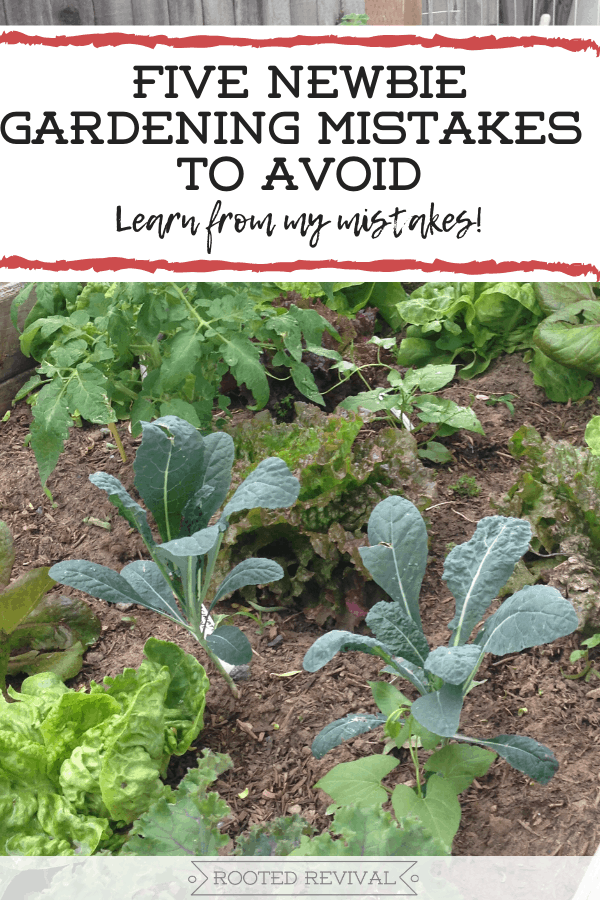

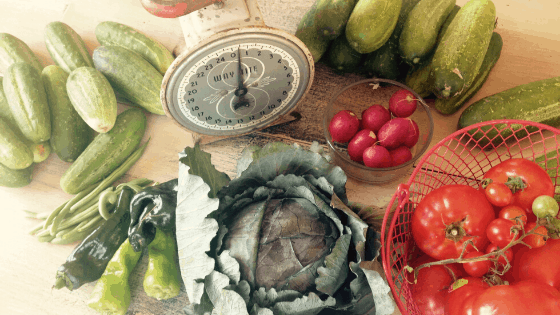
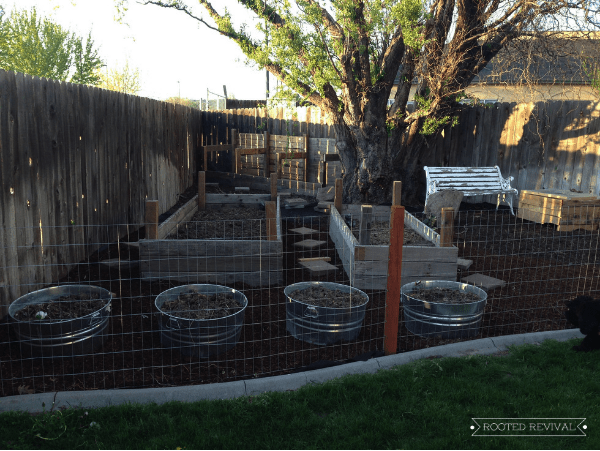
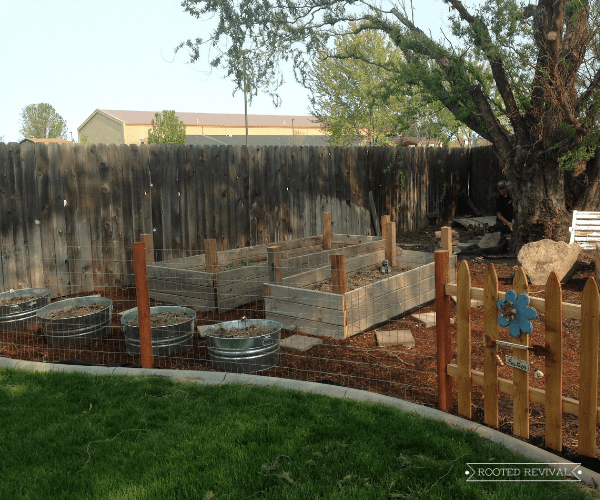
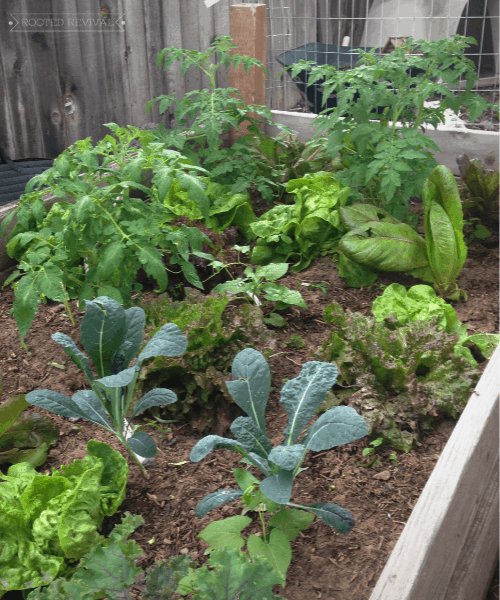
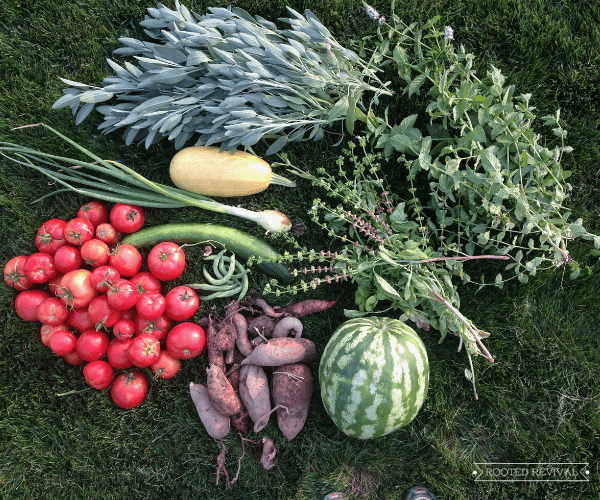
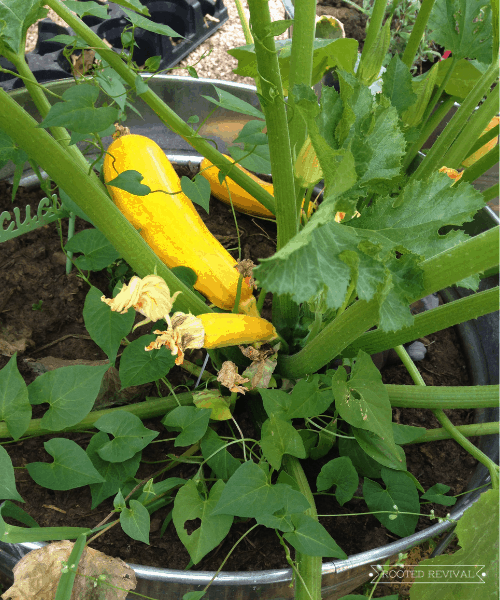

Five Myths About Backyard Farming That Need to Stop | Project Zenstead
Saturday 24th of September 2016
[…] few short years ago, and my first year of garden was definitely less than successful (read about it here, just don’t laugh too hard!). With each new attempt, you will gain more knowledge and experience. […]
Nicholle
Wednesday 30th of March 2016
Love this! This is the first post I've read from you, but I'm going to keep reading. :) Awesome advice, and it's all soooo true - and all mistakes that EVERYONE makes at the beginning. I laughed so hard at "to-cuc-ini plant" - been there, done that, got the T-shirt.
Keep up the awesome work!
Project Zenstead
Wednesday 30th of March 2016
Oh my goodness isn't it so true? At least we can all laugh about our mutant plants together! Thanks for the love, Nicholle!